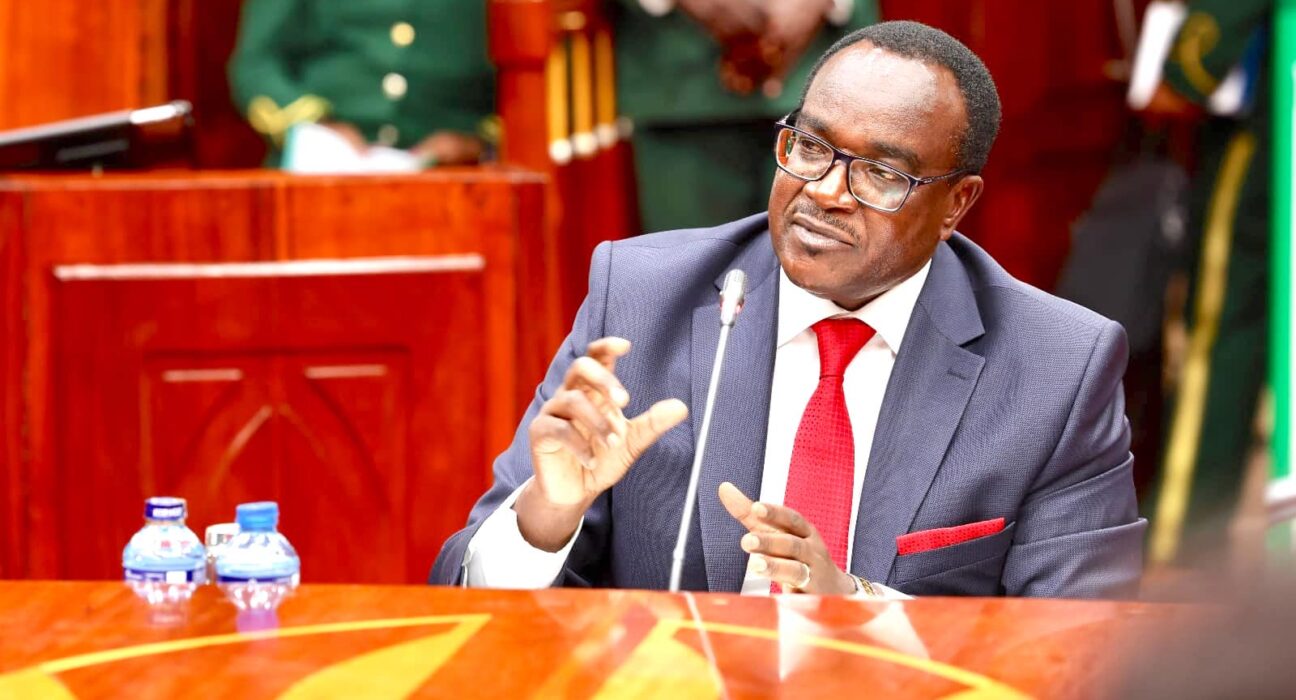The Ministry of Education is grappling with a looming crisis as the number of students qualifying for university admission in 2024 surges to 246,000, a significant jump from 200,000 in 2023.
This sharp increase, driven by improved performance in the 2024 Kenya Certificate of Secondary Education (KCSE), highlights the strain on Kenya’s higher education system, already burdened by funding and capacity challenges.
A Test for the New Funding Model
The surge in admissions coincides with the implementation of the student-centred funding model, which allocates resources based on students’ financial needs and course requirements.
However, the unexpected influx has raised questions about the model’s sustainability and its ability to equitably distribute funds.
The 2024 KCSE cohort is the third group to enrol under the revised funding structure. The Education Ministry, led by Cabinet Secretary Julius Migos Ogamba, has confirmed that the minimum university admission grade will remain at C+.
“This means universities will have more students because we are going to retain the C+ grade as the cutoff admission to universities,” Ogamba said.
Capacity Strains in Public Universities
Public universities, already struggling with financial deficits and limited infrastructure, now face an even greater challenge.
The increased intake will likely stretch their resources further, with many institutions struggling to meet the demands of teaching, accommodation, and research.
Critics argue that the funding model, while promising in its intent, requires significant refinements to address operational gaps.
The current system has faced legal and stakeholder opposition, with concerns about equity, resource allocation, and implementation efficiency.
Government’s Commitment Amid Challenges
Despite these hurdles, the government has reiterated its commitment to ensuring every qualifying student accesses higher education.
“No student will be left out of university education due to financial constraints. We will provide sufficient resources as a government to support the increased numbers,” Ogamba assured.
He also highlighted plans to amend the funding model based on recommendations from committees, stakeholder feedback, and recent court rulings.
“The university funding model, which is student-based, will continue with adjustments. We aim to create a model that is fit for purpose and centred on the needs of students,” he added.
The Bigger Picture
The university admissions dilemma underscores the broader challenges facing Kenya’s higher education sector.
As the government navigates the funding crisis, it must also address systemic issues such as the lack of infrastructure, inadequate teaching staff, and disparities between public and private institutions.
The increased number of university-eligible students represents a positive shift in academic performance, but it also calls for innovative solutions to ensure that higher education remains accessible, equitable, and sustainable for future generations.


































